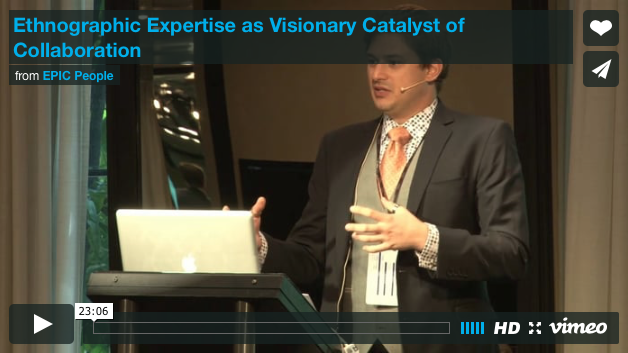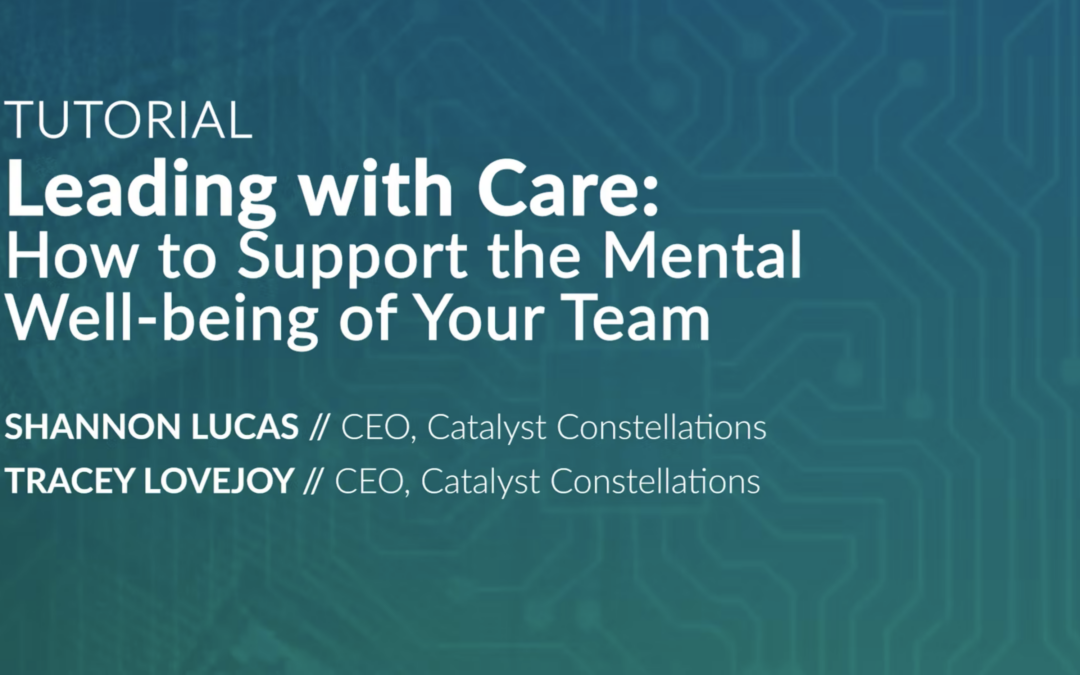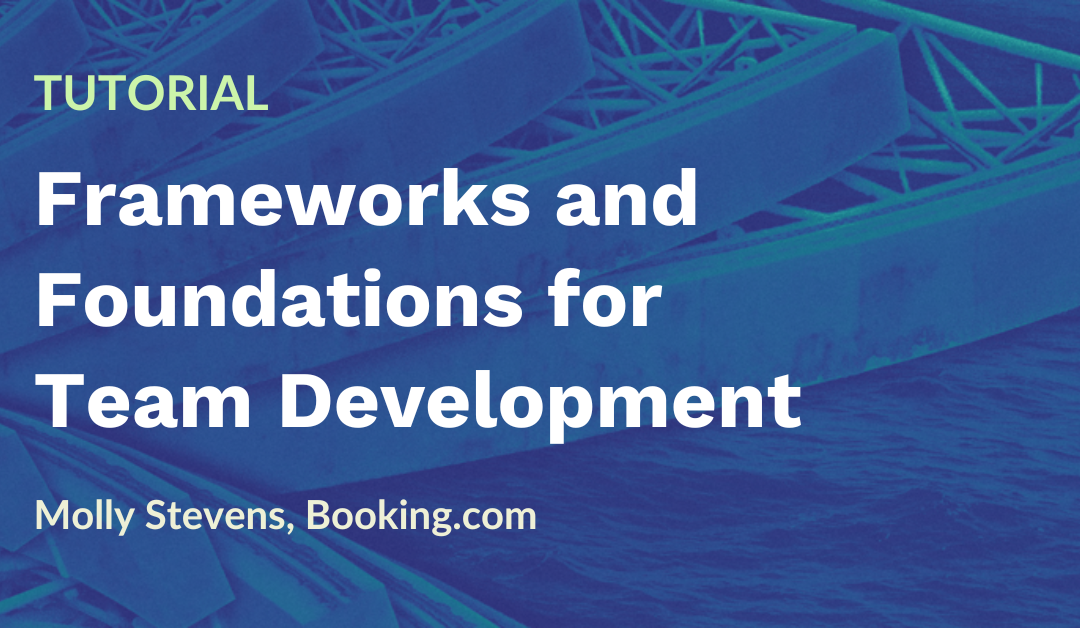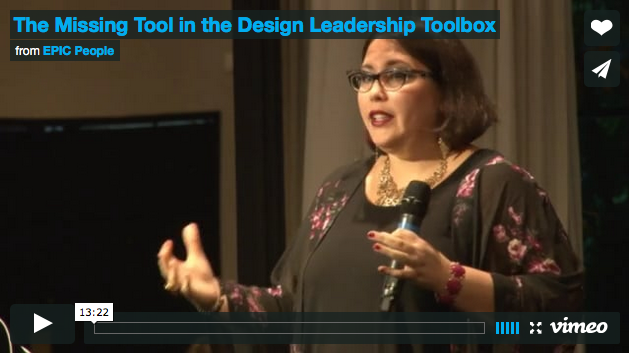Equity-Centered Leadership focuses on ensuring that all employees can succeed in a workplace, regardless of their...


Equity-Centered Leadership focuses on ensuring that all employees can succeed in a workplace, regardless of their...

Recent developments in the scholarship of ethnography, combined with growing recognition of the value of collaboration in business, present industrial ethnography with the opportunity to exercise greater agency and leadership. This paper considers updates to theory and practice of ethnographic...

Leaders and managers develop care strategies and plans of action for supporting their teams, their people, and themselves. Overview This tutorial was conducted at EPIC2021. Exercises and discussions have been...

I recently joined one of our teams in their team room during a visit from a top executive. The room would be recognizable to many readers—walls covered in post-its and flip chart sheets. The executive was immediately skeptical of the post-its. At the end of the session, he didn’t leave the room...

Overview Growing a successful research team within a complex organization can be overwhelming—and there are not many concrete resources. You must consider a variety of elements to grow yourself and your team, at...

Businesses often face the challenge of reaching out to people in contexts that are wholly different from the world they operate in and they are regularly attempting to create experiences for consumers that exist within complicated dynamics of social, economic, political, and cultural flux....

Being an anthropologist has been a core part of my personal identity since graduate school – not because of all the years of schooling or the grueling dissertation, but because a holistic, systemic, and people-centered perspective on the world became woven into the fabric of who I am. The power of...